Table of Contents
The first thing to ponder over is the cost of living in Annapolis, MD if you have plans to relocate to this city. The capital city of Maryland offers everything to its residents, ranking 72 out of 273 cities in the United States. Talking about the population density of the city, approximately 40.7- 40.8k people are living in Annapolis. Evaluating how expensive it is to live in a city varies with every city, its economy, location, and overall standard of lifestyle. Furthermore, breaking down the cost of living in Annapolis, we will take into account many other factors impacting the lifestyle quality in this city. This article will help us get a deep insight of calculating the cost of living and factors affecting it.
National Average assessment
The cost of living in Annapolis is approximately 28-30% higher than the national standard, as people are paying more than the national average. Moreover, you can use the calculators of living cost evaluations, helping you get an idea of finances on food, home rents, transportation, education, medical, and other miscellaneous expenses. These calculators assist you figuring out the overall financial commitments before relocating to Annapolis. Furthermore, your marital status and number of family members also influence the lifestyle you are going to have in a new city. However, every category affects the overall expenses in Annapolis and we will evaluate them one by one in this article.
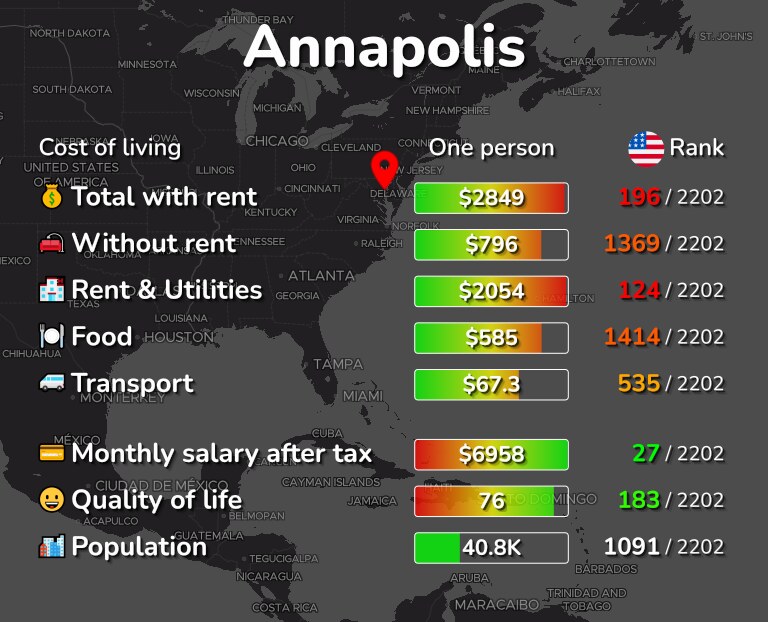
Livable Salary or Affordable Income in Annapolis, MD
As per the Annapolis living cost, your marital status affects the livable or affordable income needed to spend a comfortable life. For example, you need to earn approximately $90,000-$106,000 annually for a good lifestyle if you are a provider of a family and $40,000-$70,000 if you are a single person. Due to the high-end amenities, living in Annapolis is slightly of the range. However, people in Annapolis have more opportunities to make money or incomes are higher than other regions in the country. The unemployment rate is 5.4%, falling behind the national average of 6%.
1- Housing in Annapolis, MD
The property value is very high in Annapolis, causing housing to be the most challenging and expensive thing to manage. Reflecting a 40-50% higher cost than the national average, the typical price for a median house in Annapolis, MD is around $530,000-$550,000. Likewise, Making property and housing represents a 30-40% increase than the state average. On top of it, particular areas and neighborhoods are more costly than others due to the location and facilities. For example, waterfront properties with luxury houses are around $1 million as compared to the suburb towns.
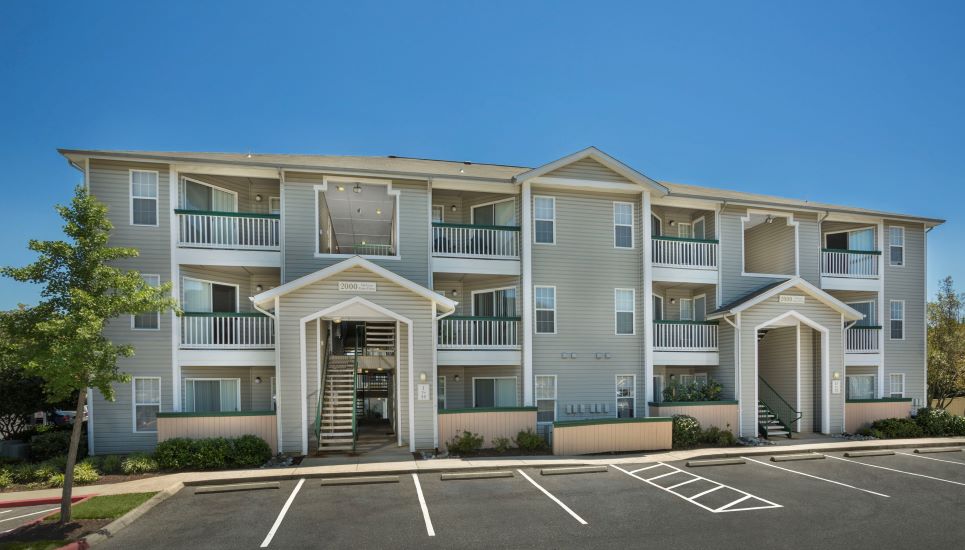
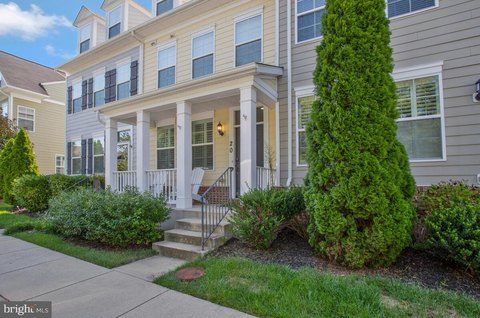

Moving towards the rental houses, Annapolis is relatively more expensive than many other cities in Maryland. However, the standard rental expenses fluctuate with the area, location, square feet, and number of rooms in an apartment.
- On average, a studio apartment rent lies between $950-$1200.
- Standard rental cost of a one-bedroom apartment calculates between $1000-$1500.
- For a two-bedrooms house, it is estimated to be from $1700-$3000.
- Average rent of a three-bedrooms luxury house in waterfront locations varies somewhat between $5000-$6000.
A practical approach or standard thumb of rule for housing affordability in Annapolis is 28% rule. It means that you should make your housing expenses, taxes, and insurance to not go above 28% of your monthly income.
2- Food Cost in Annapolis, MD
- Dining and Restaurants
The food cost in Annapolis can be flexible, depending on your personal preferences and what type of foodie you are. However, the state average of food in Annapolis is higher than other cities like Washington. One meal for a single person in Annapolis costs $30-$50 in a mid-grade hotel and $90-$150 in a luxury and high-end waterfront restaurant.
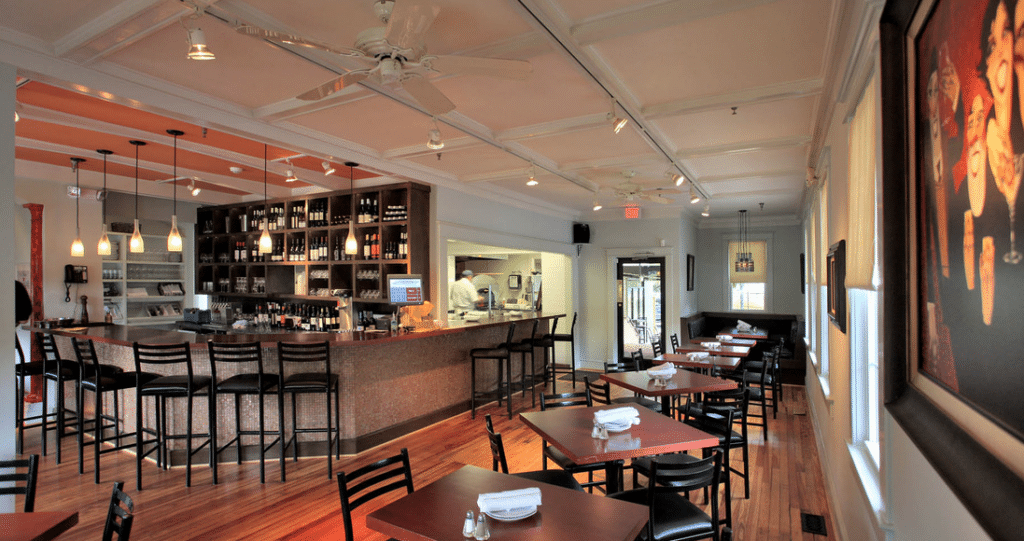
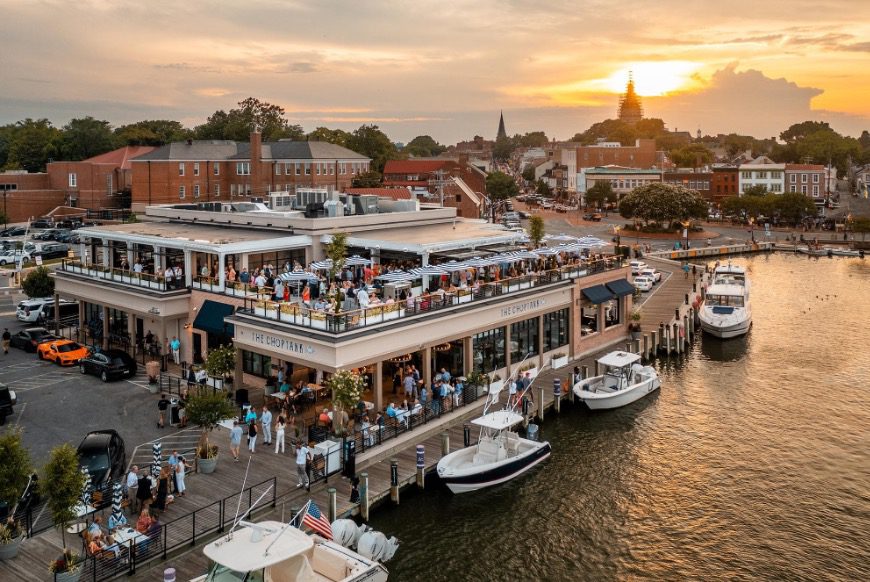
- Groceries
Multiple grocery stores and organic markets serve people in Annapolis, MD with fresh and high-quality products. According to an estimation, the groceries in Annapolis are a bit lower than cities like Washington. However, it varies with a person’s shopping and food preferences. On the other hand, exceeding 5-10% of the national average in grocery, Annapolis is named as an expensive city for the middle class. For example, a single person’s grocery bills fall in the range of $200-$300 compared to the family grocery expenses of $600-$800.
3- Utilities
Multiple factors, such as house size, electricity consumption, gas usage, water supply, internet and cable services, and mobile bills, can influence the utility costs in Annapolis, MD. Average electricity bills cost somewhere between $130-$200, depending on the family and house size. However, the natural gas bills are around $80-$100, depending on the season of the year.
Talking about the water supply and sewer, it costs you around $40-$80 monthly. For the internet, you have to pay around $70-$100 while TV cables include $120-150$.
4- Transportation
The transportation expenses fluctuate depending on your mode of traveling, such as owning a car or using public transport. Anne Arundel County transportation system offers buses in Annapolis, costing $60-$100 monthly, depending on your route. Moreover, The Annapolis Transit Rainbow Route also provides affordable transportation to approximately 180 stops, including restaurants and hotels. However, the expenditures on water taxi, uber, and other private transportation services vary with access and locations.
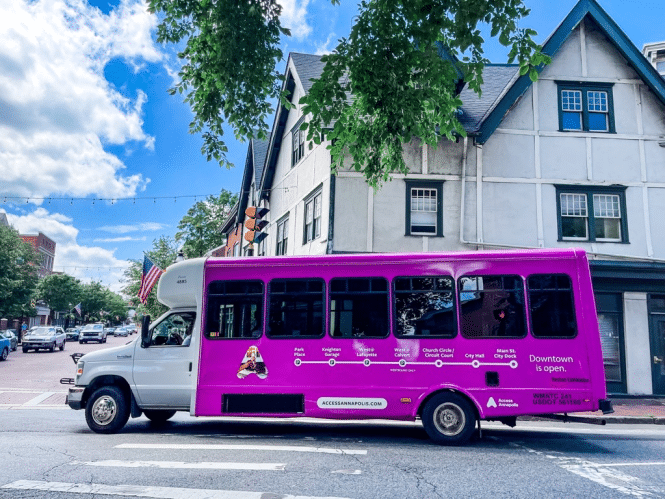

Furthermore, if you own a car, the monthly and annual expenses may include insurance, gas, repair, and parking. On a rough estimation, monthly car parking in Annapolis costs $100-$120 and insurance lies between $3,500-$4,000. According to payscale.com calculator, transportation costs in Annapolis are 3% higher than the national average.
5- Education and Healthcare Costs
Public schools do not cost much as the fees are funded, but the school activities and co-curricular activities can add to the overall education expenses. The private schools can add 12,000-30,000 annually, depending on the grade and the school.
Now, let’s take a look into the healthcare cost if you want to relocate to Annapolis. It is slightly higher than the national US average due to high-end medical facilities. A single visit to a doctor can cost around $120-$200 excluding any insurance, depending on your healthcare needs. However, the prescription and medication can increase the overall cost of your visit.
6- Miscellaneous Expenditures
Annapolis offers various recreational activities and entertainment, such as boating, sailing, historic sites visit, and museum and art exploration. Most of these are free, but some cost tickets and memberships, which add $150-$300 in your monthly expenses.
Moreover, the total sales tax 2024 in Annapolis, combining state tax, county tax, and city sales tax, that people pay is 6%. Specifically, this is slightly greater than the national average including the property taxes.
Conclusion
Moving to a new city needs proper evaluation and research about the living cost of that city. Annapolis offers a good lifestyle, leading to a higher cost of living than the national average, especially the housing and overall utilities. Therefore, it is essential to carefully craft the budget and closely analyze every aspect before moving to Annapolis, so you can enjoy a stress-free and high-quality life.
You can learn about how safe is living in Annapolis here.


